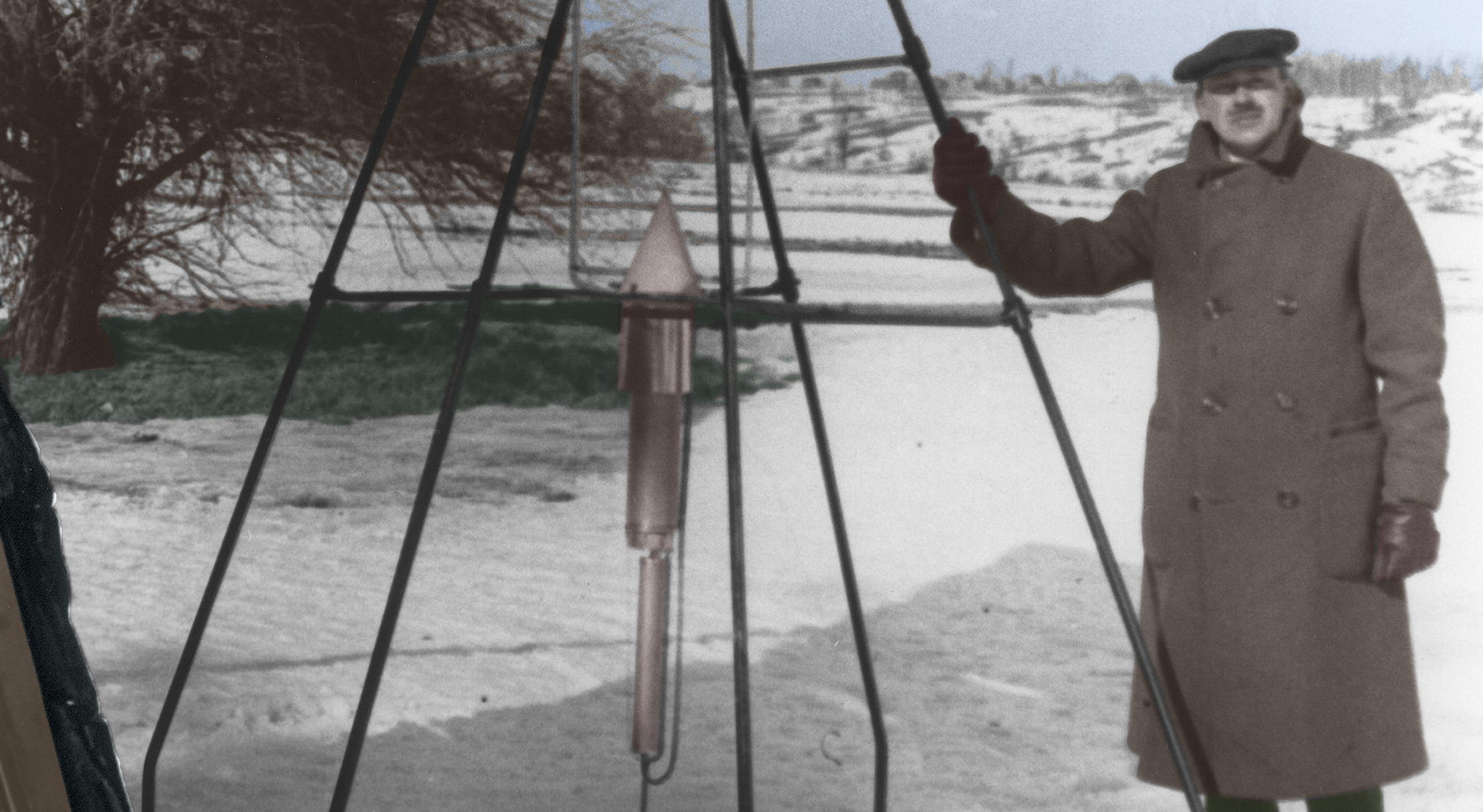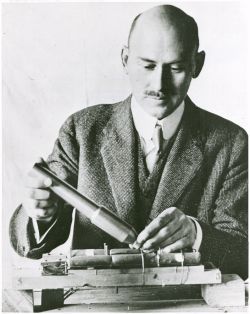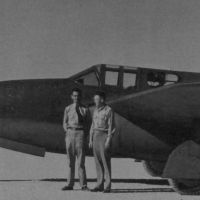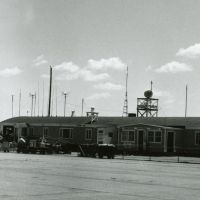Primary Source
In Goddard was an unusual admixture of the romantic, prophetic inventor and the precise, methodical scientist. The romantic quality was evident when a 17-year old boy climbed a tree on a Worcester, Mass. Farm on October 19, 1899 and dreamed, "How wonderful it would be to make some device which had even the possibility of ascending to Mars." It was characteristic of Goddard that ever afterwards that should be an "anniversary day" in h is life. As he was to recall later, "I was a different boy when I descended from the tree from when I ascended. Existence at last seemed purposive." The purpose was not forgotten in his years as a Clark University professor….is moment of historic triumph was to come on March 17, 1926, when at "Aunt Effie's farm" in Auburn, Mass., one of his rockets rose 41 feet in the air. It was not exactly an "extreme altitude," but it was the first flight a liquid-fueled rocket. In the decades ahead it was to evolve into the V-2 rocket, intercontinental ballistic missiles and the rocket that it is hoped will carry a manned expedition to the moon.
"Aunt Effie's Farm Was the Launching Pad," New York Times, December 22, 1963, Book Review p. 6







